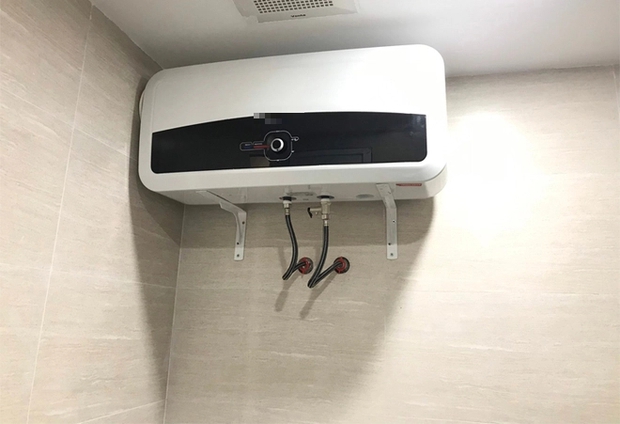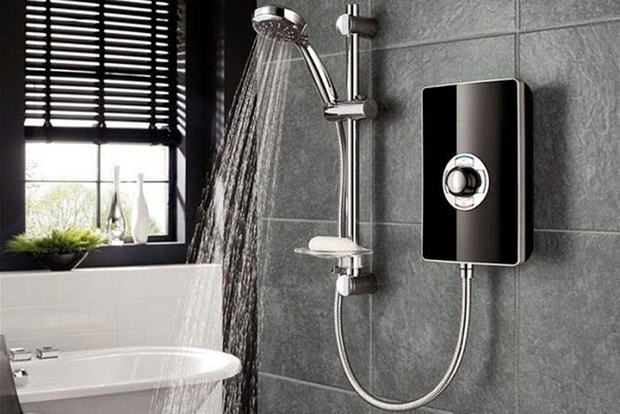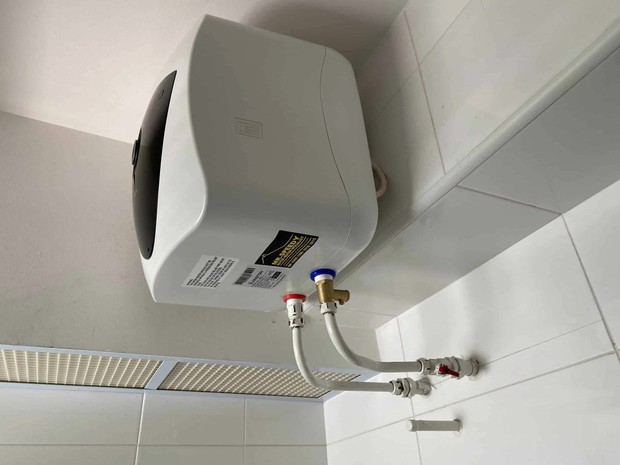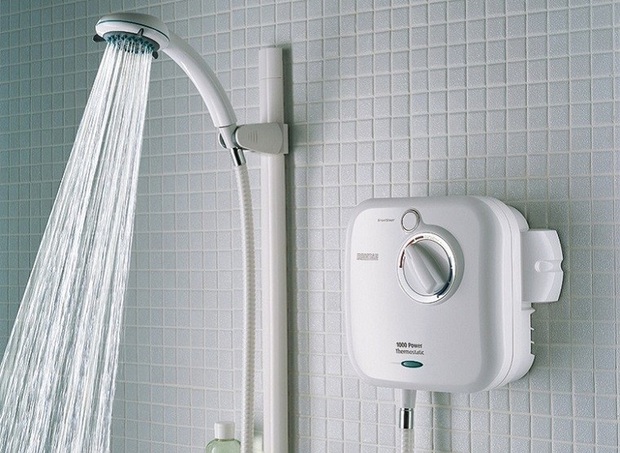In most modern households today, a water heater is an essential appliance. Especially in cold seasons, the demand for hot water increases, making the water heater more necessary than ever.
In terms of operation principles, there are currently 2 types of water heaters on the market, which are indirect water heaters and direct water heaters. Indirect water heaters are considered the traditional and basic type, as they have a large water storage tank. On the other hand, direct water heaters are newer with a more compact design.
Between these two options, many users are unsure about which type of water heater is better – whether to choose a direct water heater or an indirect water heater. According to experts, manufacturers, and distributors with years of experience in the electronics and refrigeration industry, each type of water heater has its own advantages and disadvantages. Therefore, users should do thorough research before making a decision.

An indirect water heater…

…or a direct water heater, which one should you use?
However, if we only consider the advantages of each type during winter or in areas with consistently cold climates, indirect water heaters are considered to be more beneficial.
What is an indirect water heater?
An indirect water heater is designed with a large water storage tank and separate inlet and outlet water pipes. The capacity of the storage tank determines the amount of water that can be heated to meet people’s needs. When using hot water from an indirect water heater, users need to plug it in or turn on the circuit breaker about 10 – 15 minutes beforehand. At that time, the cold water will start to boil inside the storage tank.
Because of this mechanism, indirect water heaters are considered to be effective in providing hot water and saving electricity, especially in winter. For families that have a high demand for hot water, they can simply turn on the device for a longer period, about 30 – 40 minutes, and then turn it off to have enough hot water for various daily activities, such as bathing, washing faces, or washing dishes, in different areas of the house.

An indirect water heater with a large storage tank that needs to be preheated before use (Illustrative image)
However, for bathrooms with limited space, the large size of the storage tank of an indirect water heater can be a difficulty, hindering the installation process. Additionally, indirect water heaters require regular checking, cleaning, and maintenance of the internal parts of the storage tank.
What is a direct water heater?
In contrast to indirect water heaters, direct water heaters have a compact size because they do not have a water storage tank. Instead, this part is replaced by the machine casing and various temperature control buttons, lock valves, adjustable valves, indicator lights, etc.
The device operates based on the mechanism of heating water using an electric resistance to a temperature of about 50 – 55 degrees Celsius. Once started, the heating element will immediately heat up, and the water will be heated instantly as it enters the device through the water pipes. Users can use hot water immediately without waiting or preheating the water as with indirect water heaters.
Due to its compact size, direct water heaters are suitable for households with small bathrooms or limited concrete walls. Installing a direct water heater is also considered to be simpler compared to an indirect water heater, providing a modern aesthetic to the bathroom or restroom space.

The compact design of a direct water heater provides aesthetic appeal and space optimization for bathrooms with limited space (Illustrative image)
However, in extremely cold weather conditions or areas with consistently low temperatures, using a direct water heater can cause some inconvenience. Since the water is only heated to 50 – 55 degrees Celsius, it may not meet people’s needs when the weather is extremely cold.
Moreover, because there is no water storage tank, using a direct water heater requires users to constantly turn it on and off. This unintentionally consumes more electricity, especially for larger families. However, for small households or those with minimal hot water needs, a direct water heater is still a worthy option to consider.
By carefully considering the characteristics, advantages, and disadvantages of each type, users can choose the most suitable water heater type for their specific conditions and needs.
According to Đời Sống Pháp Luật






































